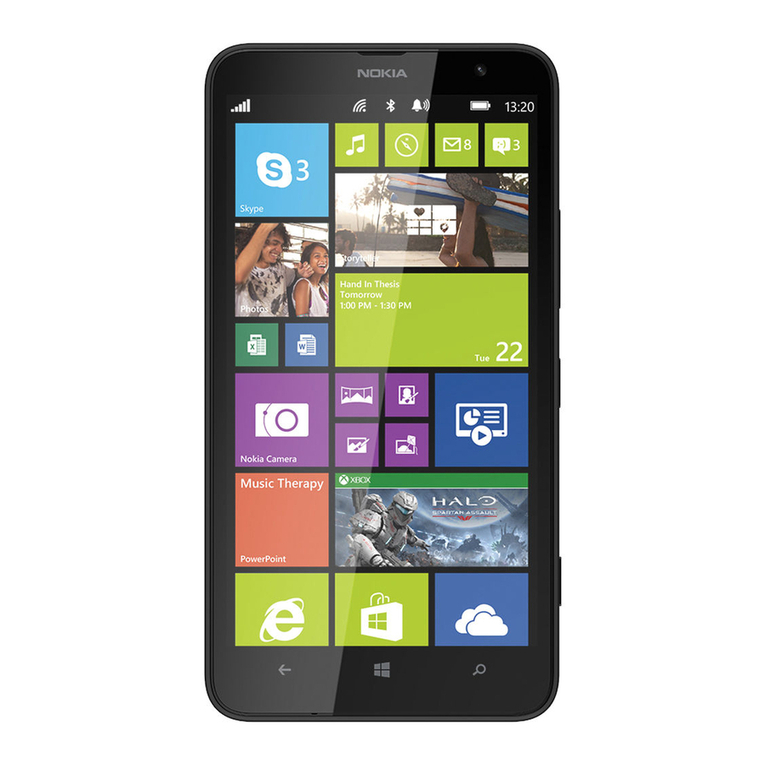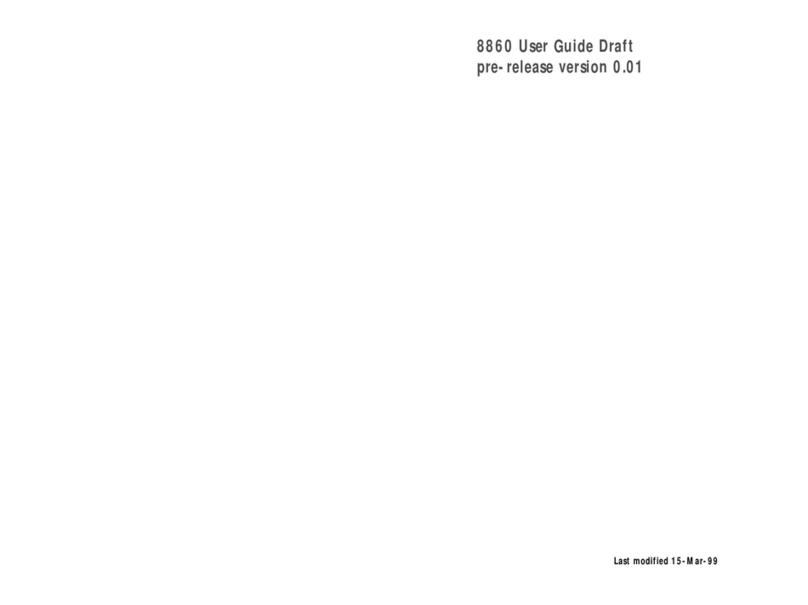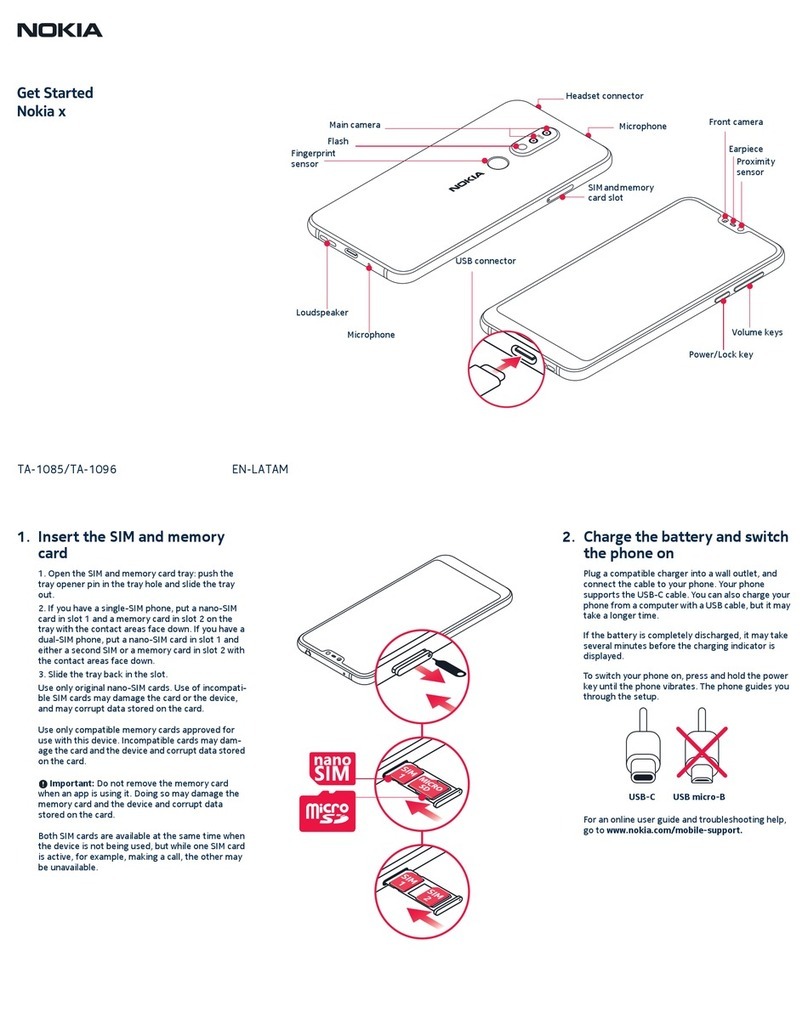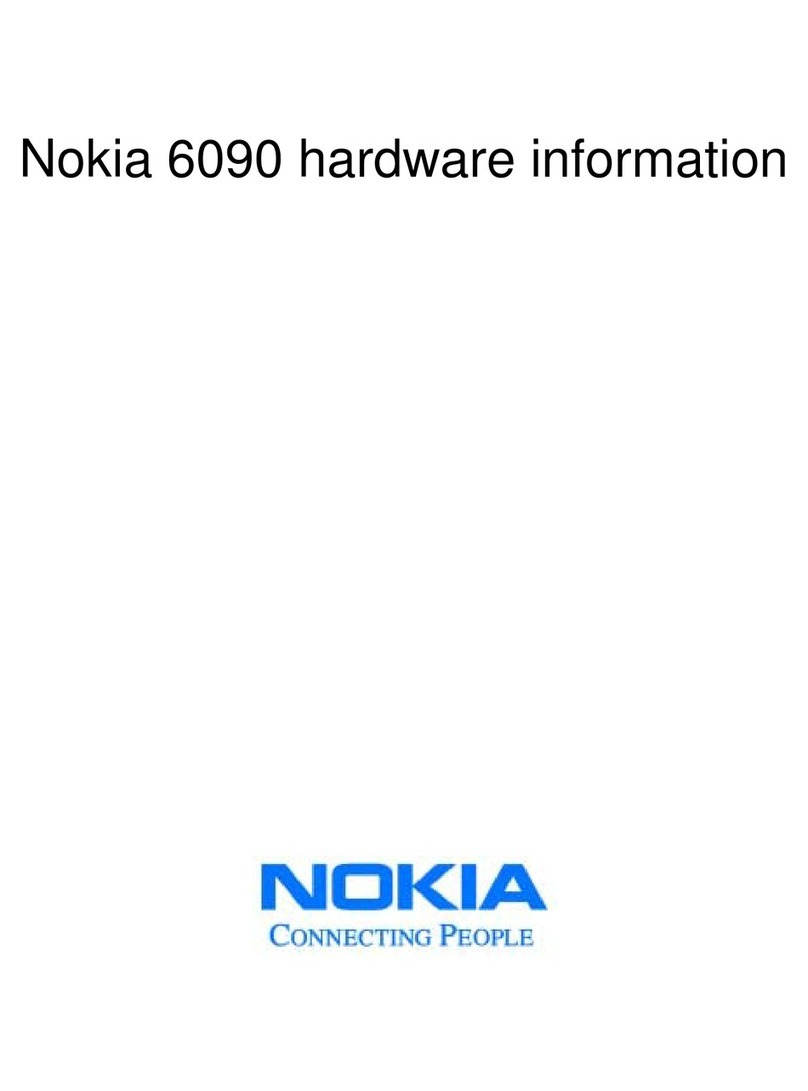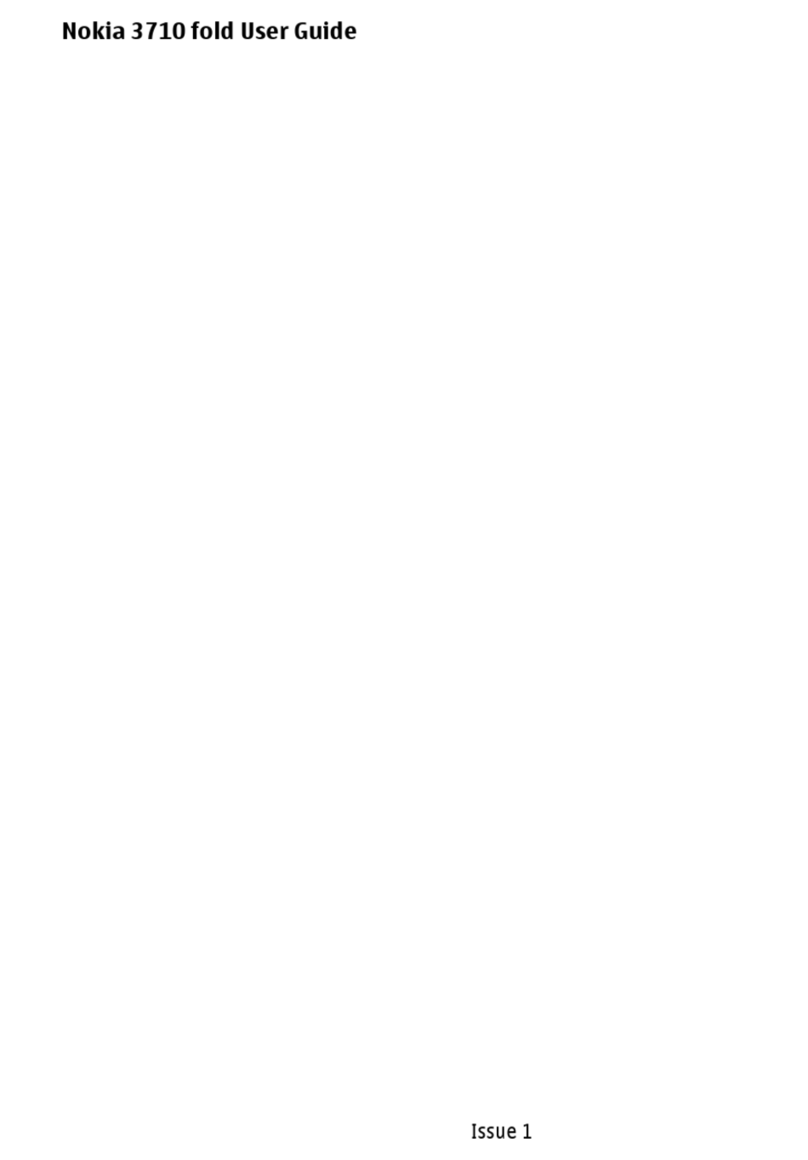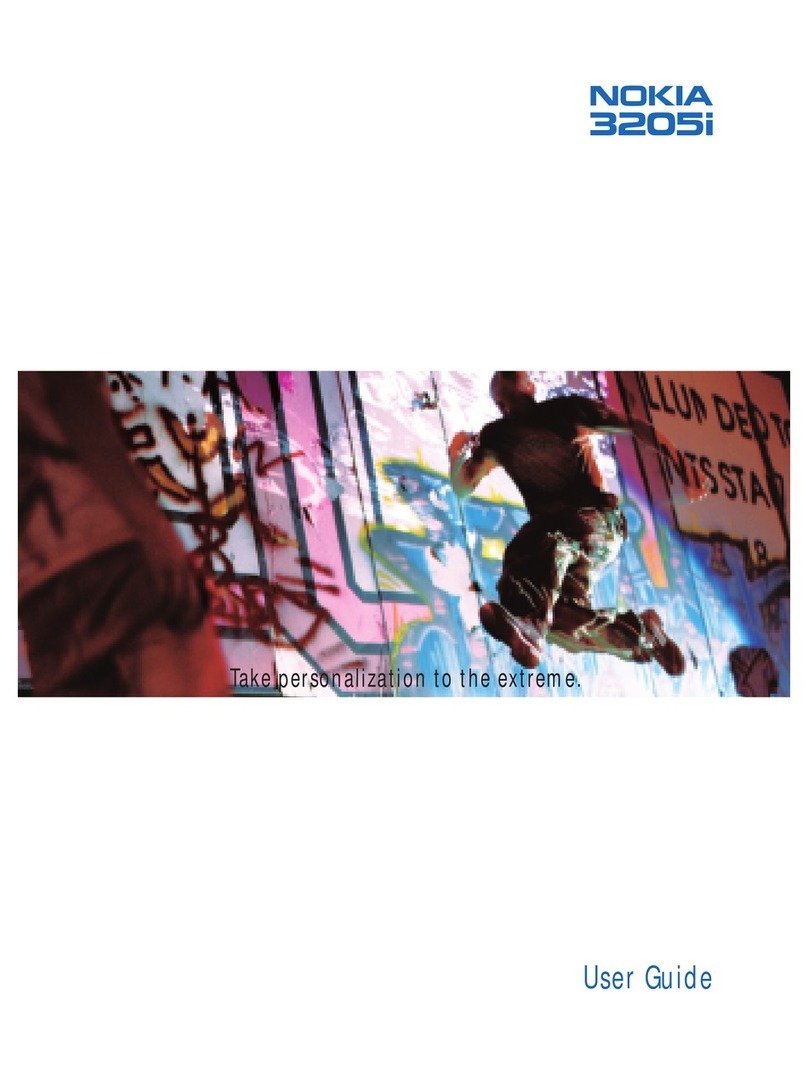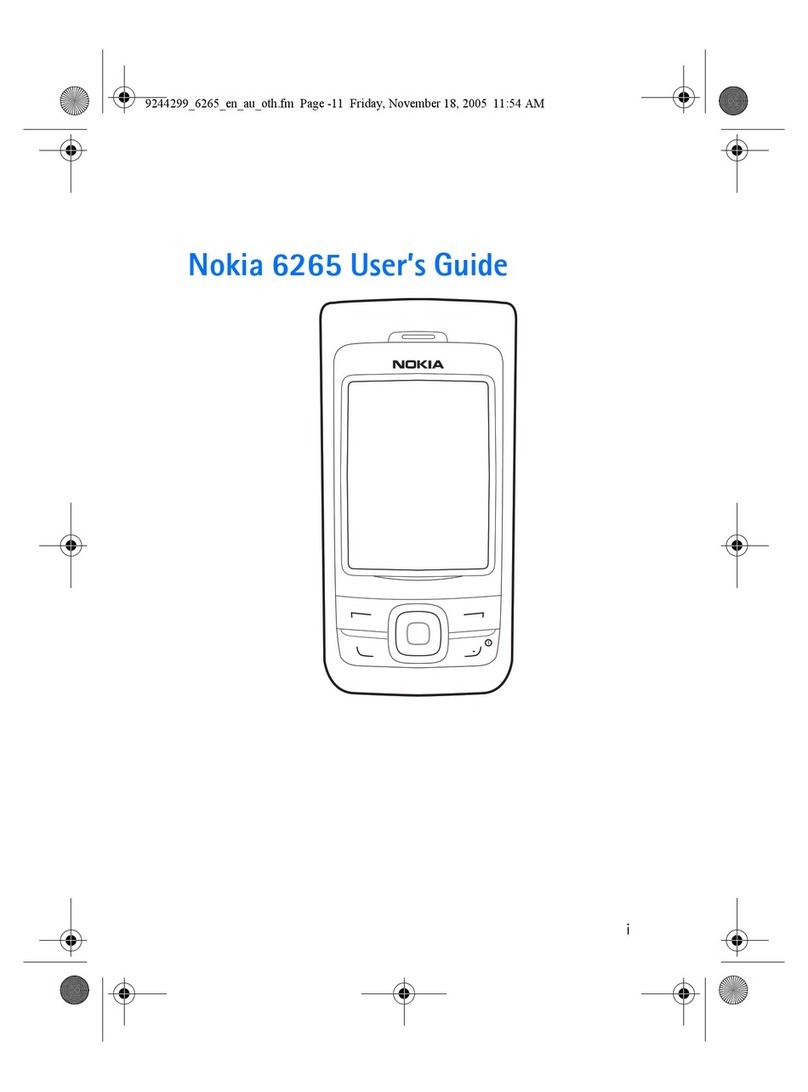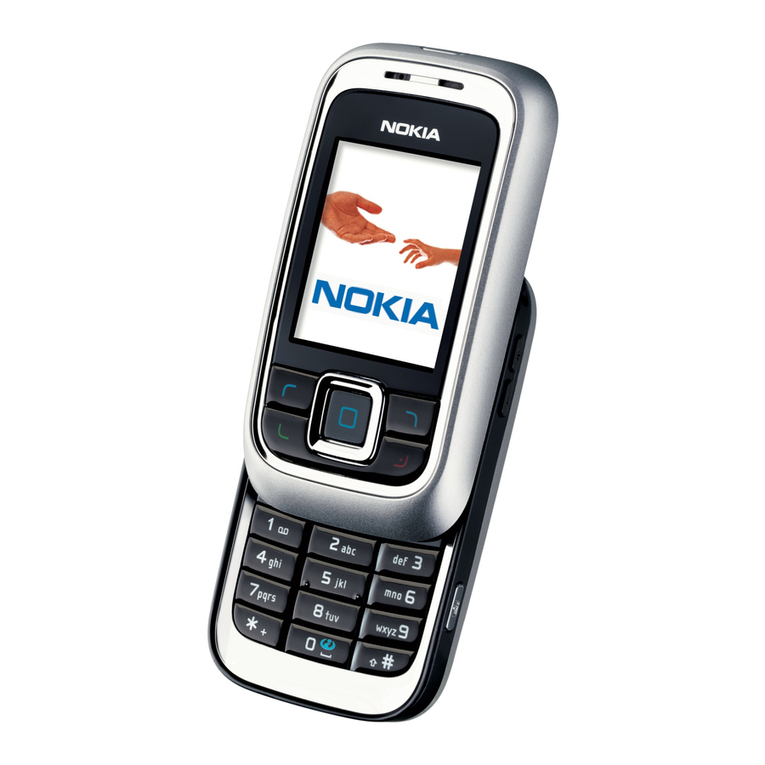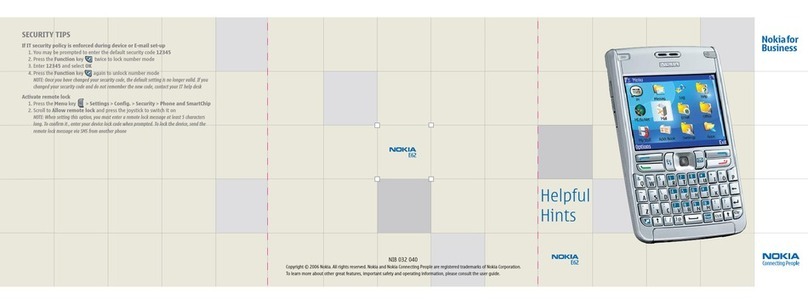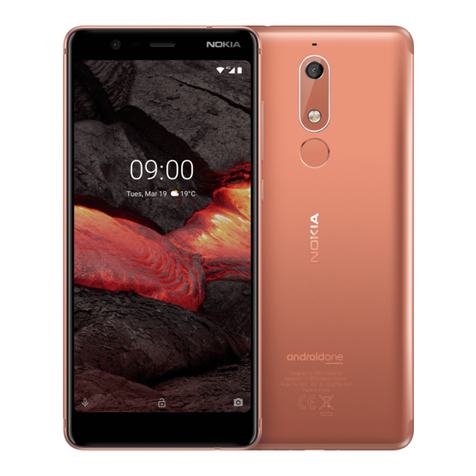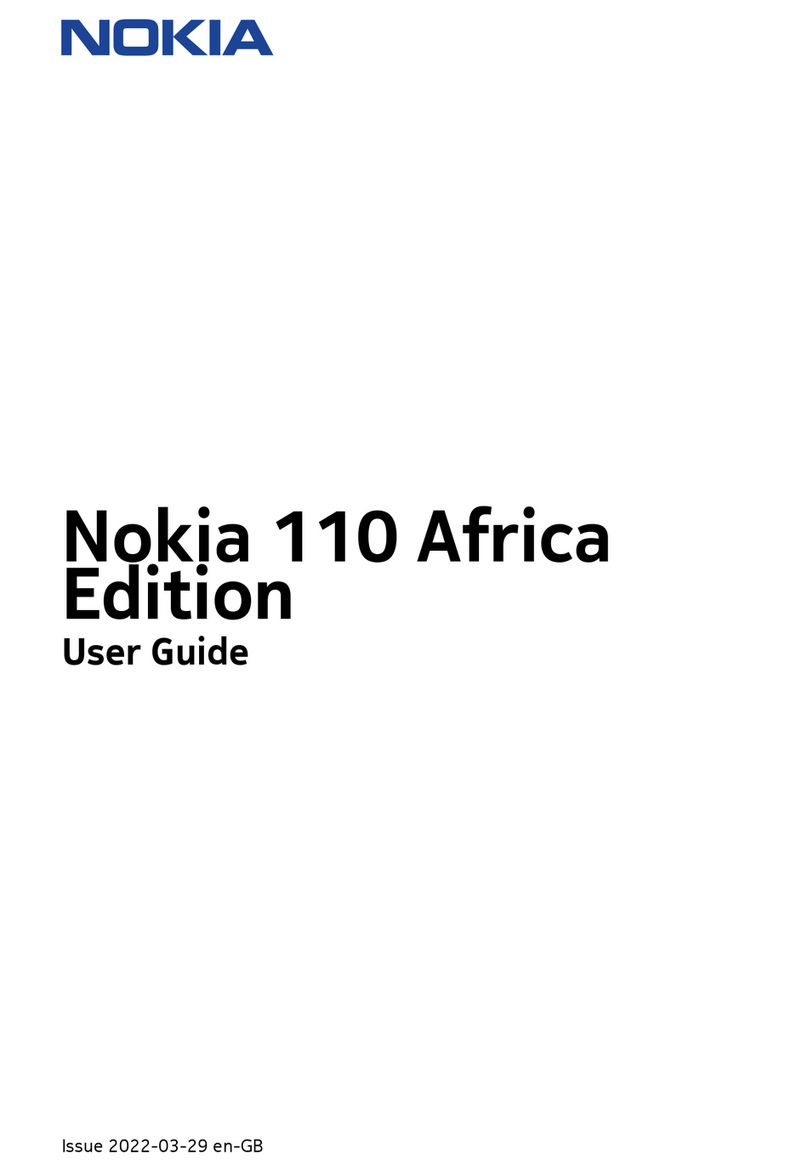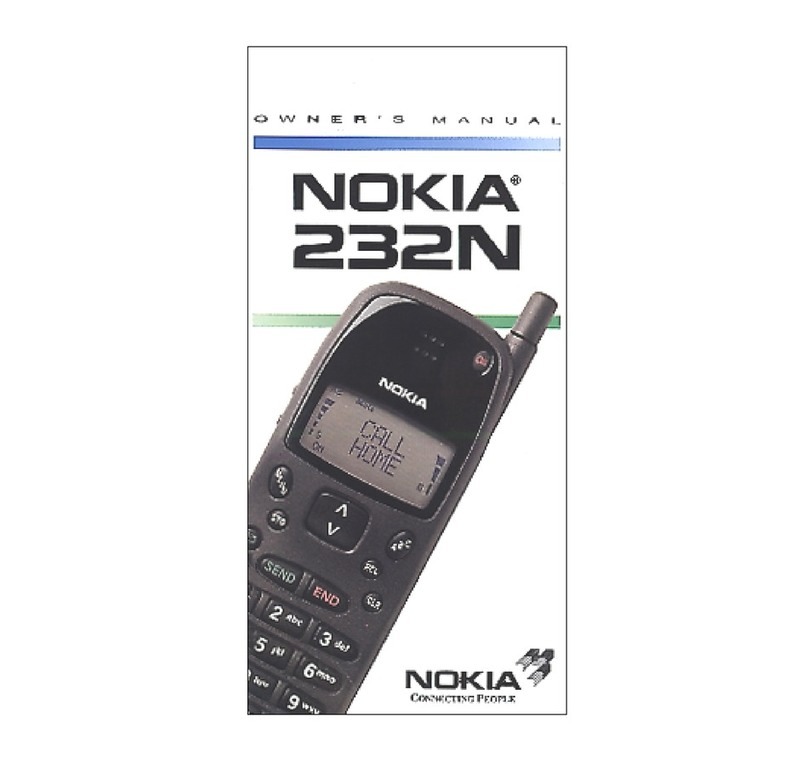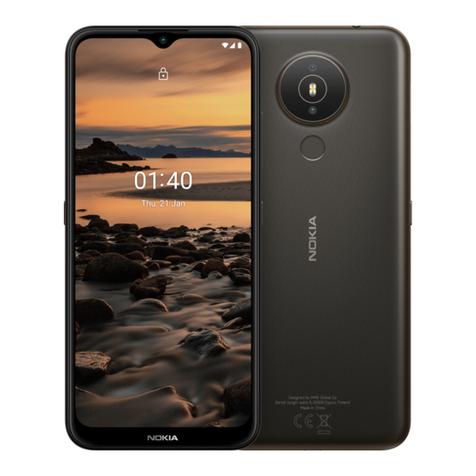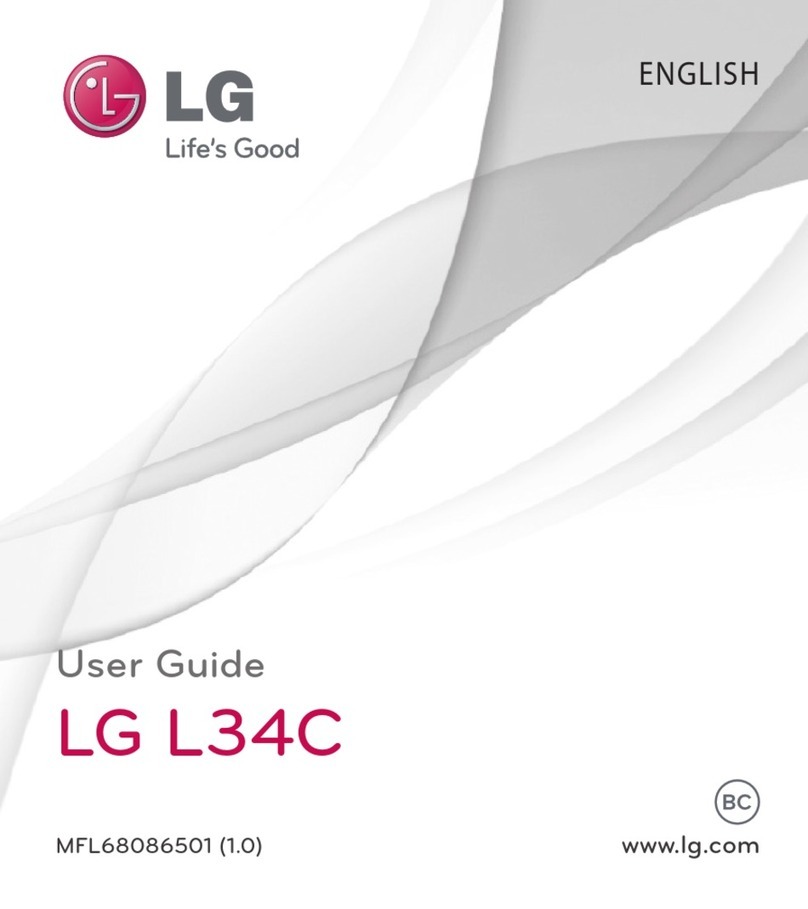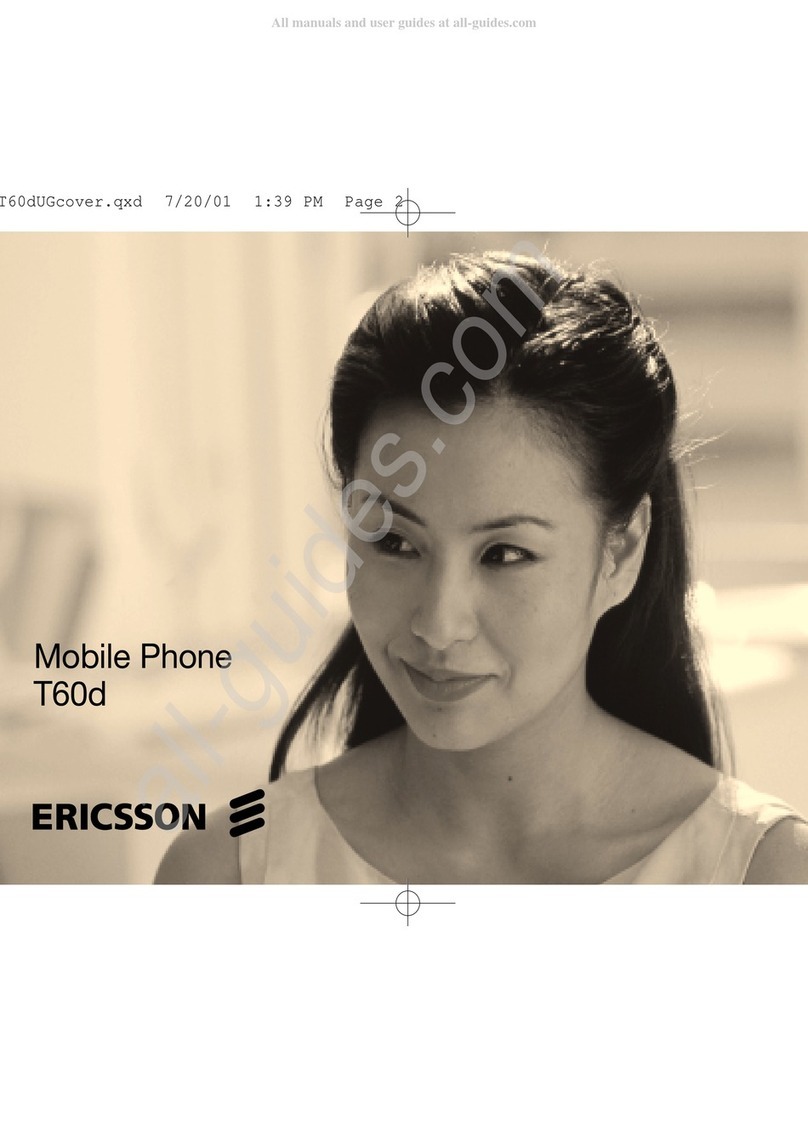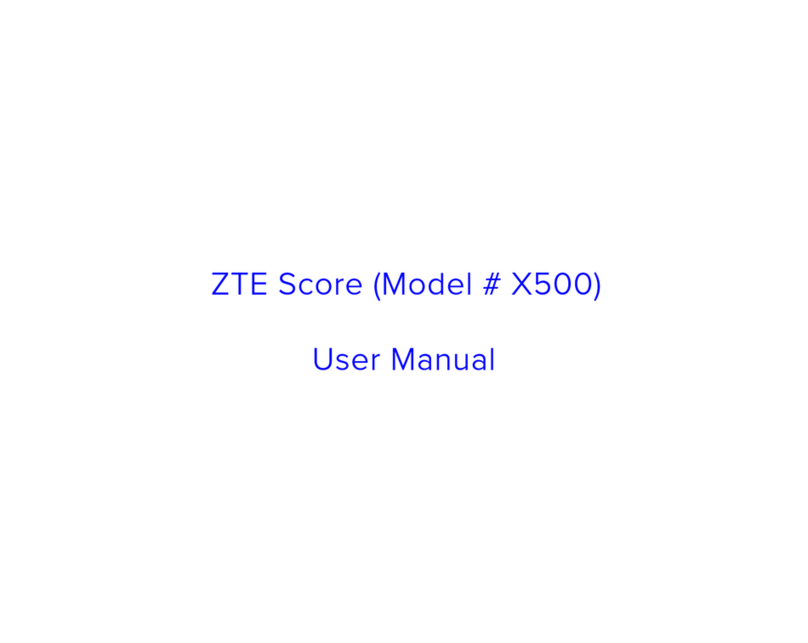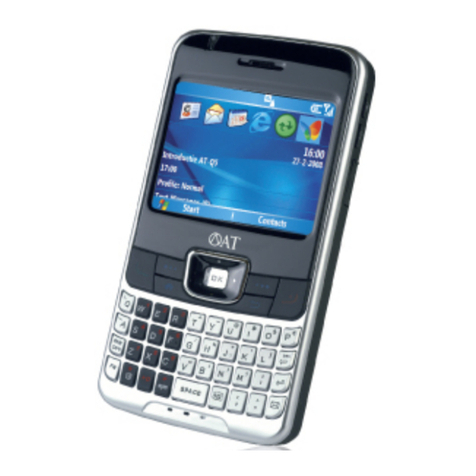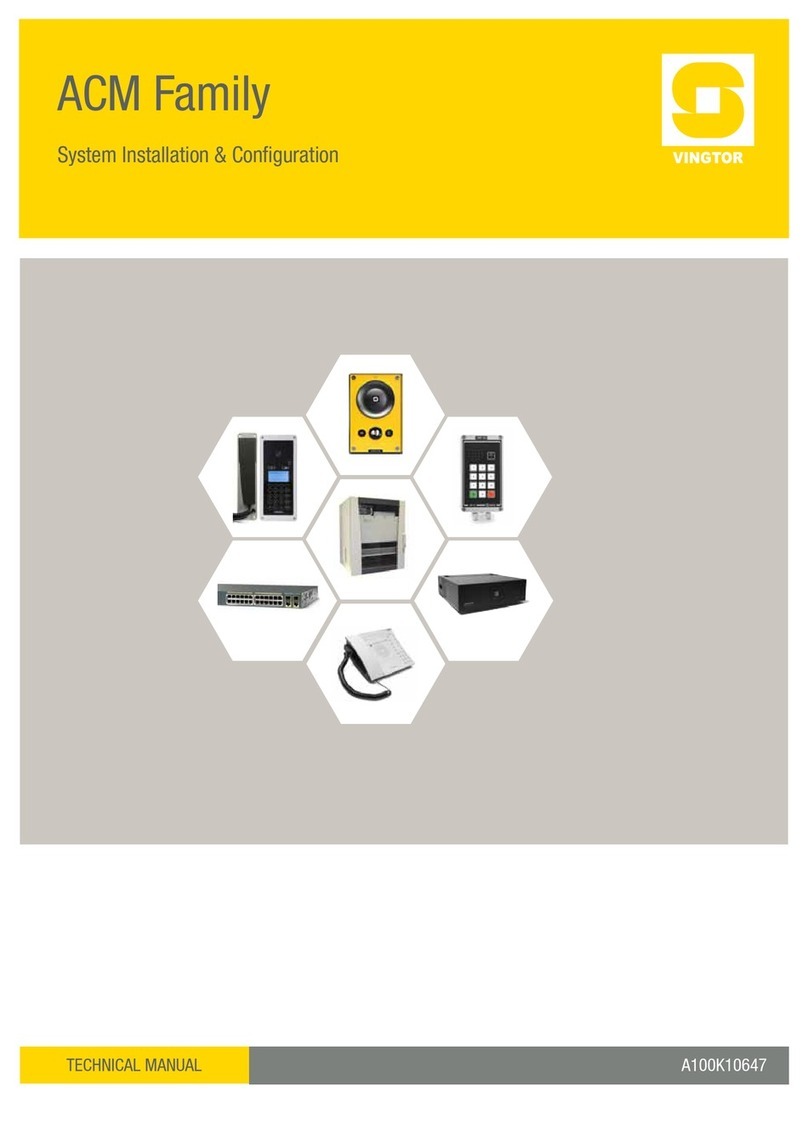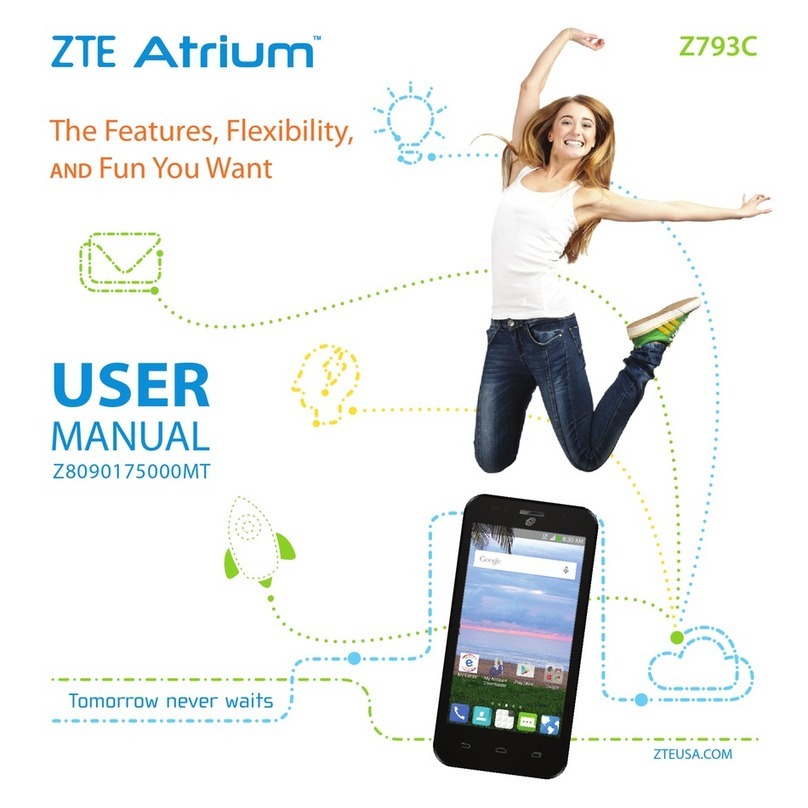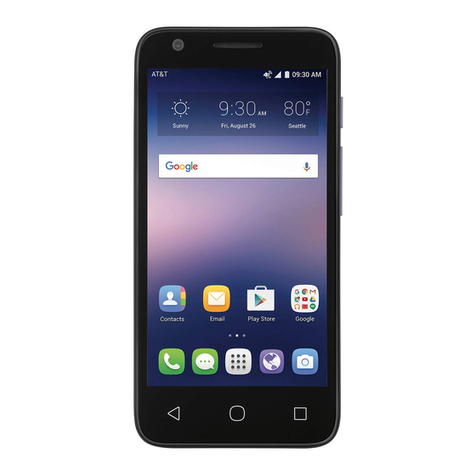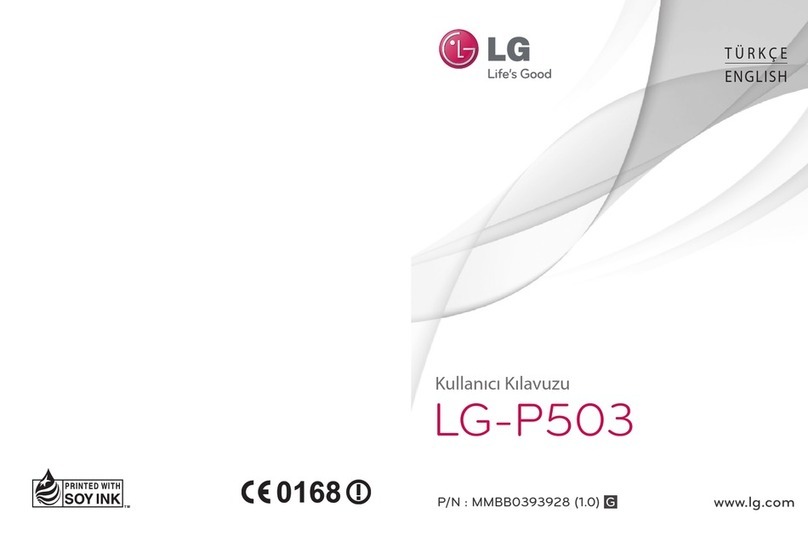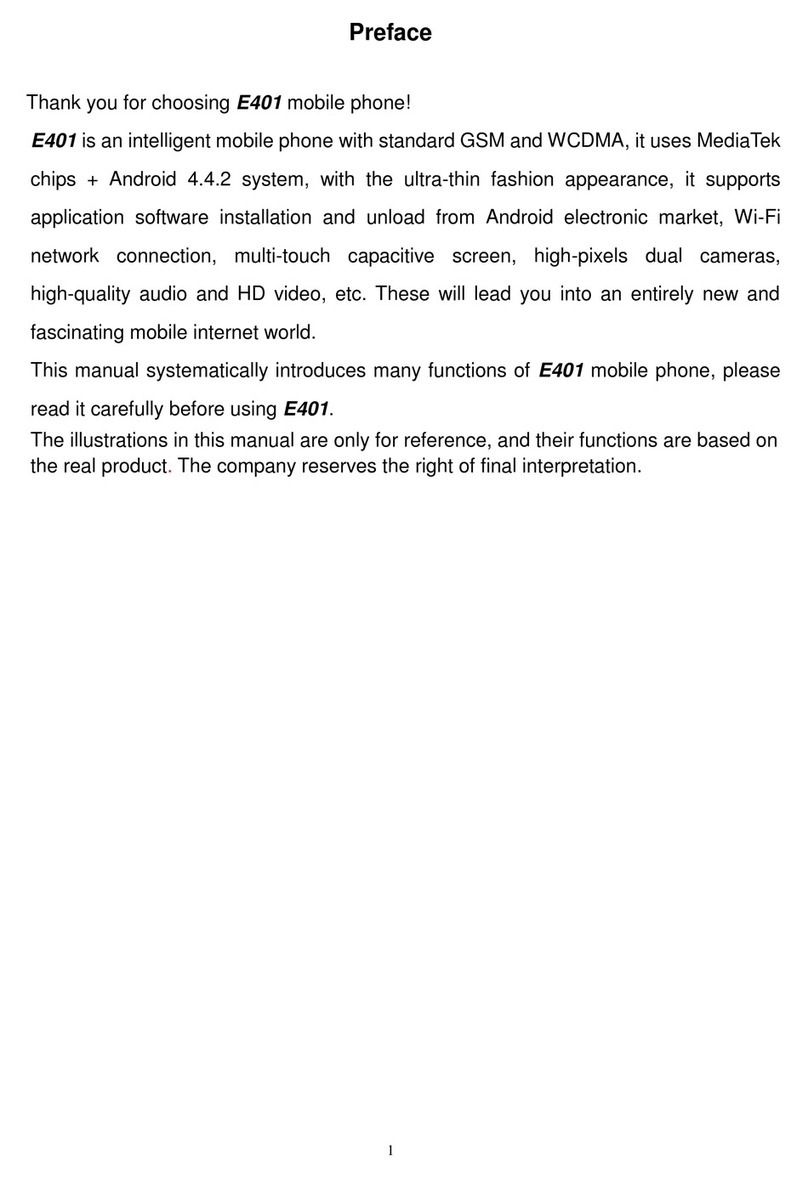
RH-37
System Module Nokia Customer Care
Page 4 ©Nokia Corporation Issue 1 07/04
Test possibility ................................................................................................................................. 27
FCI ...........................................................................................................................................................27
Function............................................................................................................................................. 28
Test possibility ................................................................................................................................. 29
LCD module ..........................................................................................................................................29
Characteristics................................................................................................................................. 30
LCD connector ................................................................................................................................. 31
Test possibility ................................................................................................................................. 32
Keypad ...................................................................................................................................................32
Test possibility ................................................................................................................................. 32
Illumination ..........................................................................................................................................33
Test possibility ................................................................................................................................. 34
XPress on grip LEDs ............................................................................................................................34
Test possibility ................................................................................................................................. 34
SIM .........................................................................................................................................................35
Test possibility ................................................................................................................................. 35
Interfaces ................................................................................................................................................ 36
BB-RF interface ...................................................................................................................................36
System connector interface .............................................................................................................36
System connector ........................................................................................................................... 36
ACI....................................................................................................................................................... 38
FBUS ................................................................................................................................................... 38
VOUT................................................................................................................................................... 39
DC plug .............................................................................................................................................. 39
Component Placement Hints............................................................................................................. 40
Power switch (S2419) .......................................................................................................................40
Helgo RF-chip (N7500) .....................................................................................................................41
Camera socket (X1470) .....................................................................................................................42
Hardware accelerator (D1470) .......................................................................................................42
UEM (D2800) .......................................................................................................................................43
Flash (D3000) .......................................................................................................................................43
SIM card reader (X2700) ..................................................................................................................43
System connector (X2002) ...............................................................................................................43
UEM (D2200) .......................................................................................................................................44
Battery connector (X2000) ..............................................................................................................45
X-press on grip LED’s (V2402, V2403, V2404, V2405, V2406, V2407) ...............................45
Label placement ..................................................................................................................................46
RF Module Description........................................................................................................................ 47
General specifications of the transceiver ....................................................................................48
Frequency concept .............................................................................................................................48
RF power supply configuration .......................................................................................................49
RF block diagram ................................................................................................................................50
Antenna switch (TX/RX switch) ......................................................................................................51
Receiver ............................................................................................................................................. 52
Transmitter ....................................................................................................................................... 52
Frequency synthesizer ................................................................................................................... 52
Signal paths .........................................................................................................................................53
Receiver signal paths..................................................................................................................... 53
